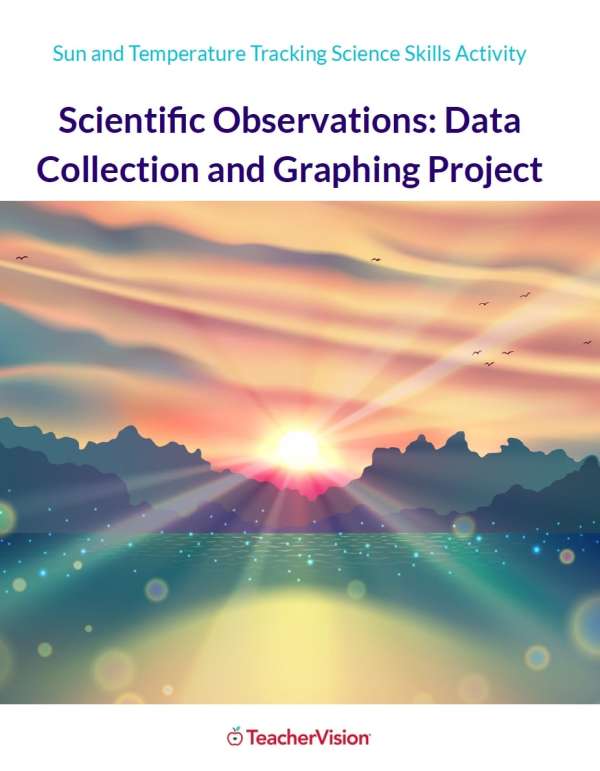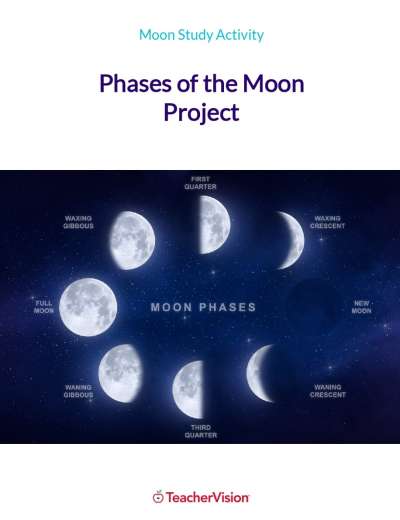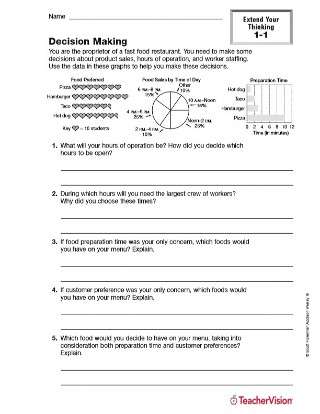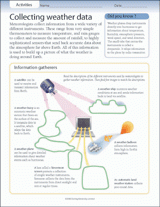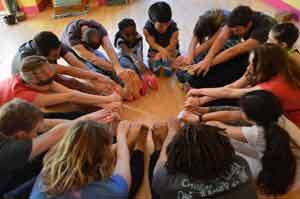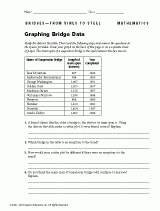Bring the power of observation and the importance of scientific skills into the classroom with this fun, student-led data collection project, perfect for elementary and middle school.
Students will learn graphing and charting skills, observational methods, and prediction and inferencing practices.
What's Included:
- Teaching instructions with detailed notes on materials, preparation, and modeling
- All student instructions, graphs, charts, and worksheets for completing the project
Teacher Notes:
-
By placing this data on a graph or chart we can easily interpret the data. The students will use a line graph to record the temperature data. This will help them see how the temperature, the data that we are collecting, will change over time. Engaging and interactive student-led projects help students to understand and enjoy more advanced concepts such as this.
-
Go over all the types of graphs and why we use them to record our data. Line graphs show change over time. Bar graphs help to document quantitative amounts. Pictographs also show quantitative amounts and can be used for younger students. Pie graphs show parts of a whole group. The sunrise and sunset times will be documented in a chart.
-
The students will gather daily temperature data using a Celsius/Fahrenheit thermometer that is securely placed outside of your classroom and accessible to the students. A window thermometer is a great way to view the outside temperature from indoors. Since the metric system is used by scientists, we will be gathering the temperature in degrees Celsius. For younger students, you can easily modify the lesson and use Fahrenheit instead.
-
You will need to show the students how to read the thermometers prior to starting this project. Show them how to calibrate the thermometer, by placing the thermometer in ice water and boiling water. If the thermometer does not read 0०C/32०F in the ice water, and 100०C/212०F in the boiling water, the thermometer is not accurate.
-
To gather the sunrise and sunset data you can use a weather website on your computer to project on the front board, or have students use iPads and laptops to look up the data individually or in groups.
-
The temperature data is gathered daily, in class at the same time for each month. If multiple classes are tracking data at different times of day, you will keep each class’s data recorded on one line graph, with each group’s data plotted in a different color, and recorded daily. This will allow the classes to see the difference in temperature trends at different times throughout each day.
- The sunrise and sunset data will be collected in the same manner for each class and documented on a chart. Daily atmospheric conditions can also be collected and added to the chart, such as barometric pressure and humidity. The sunrise and sunset chart enables the students to see how the amounts of daylight will vary as we approach each new season.

